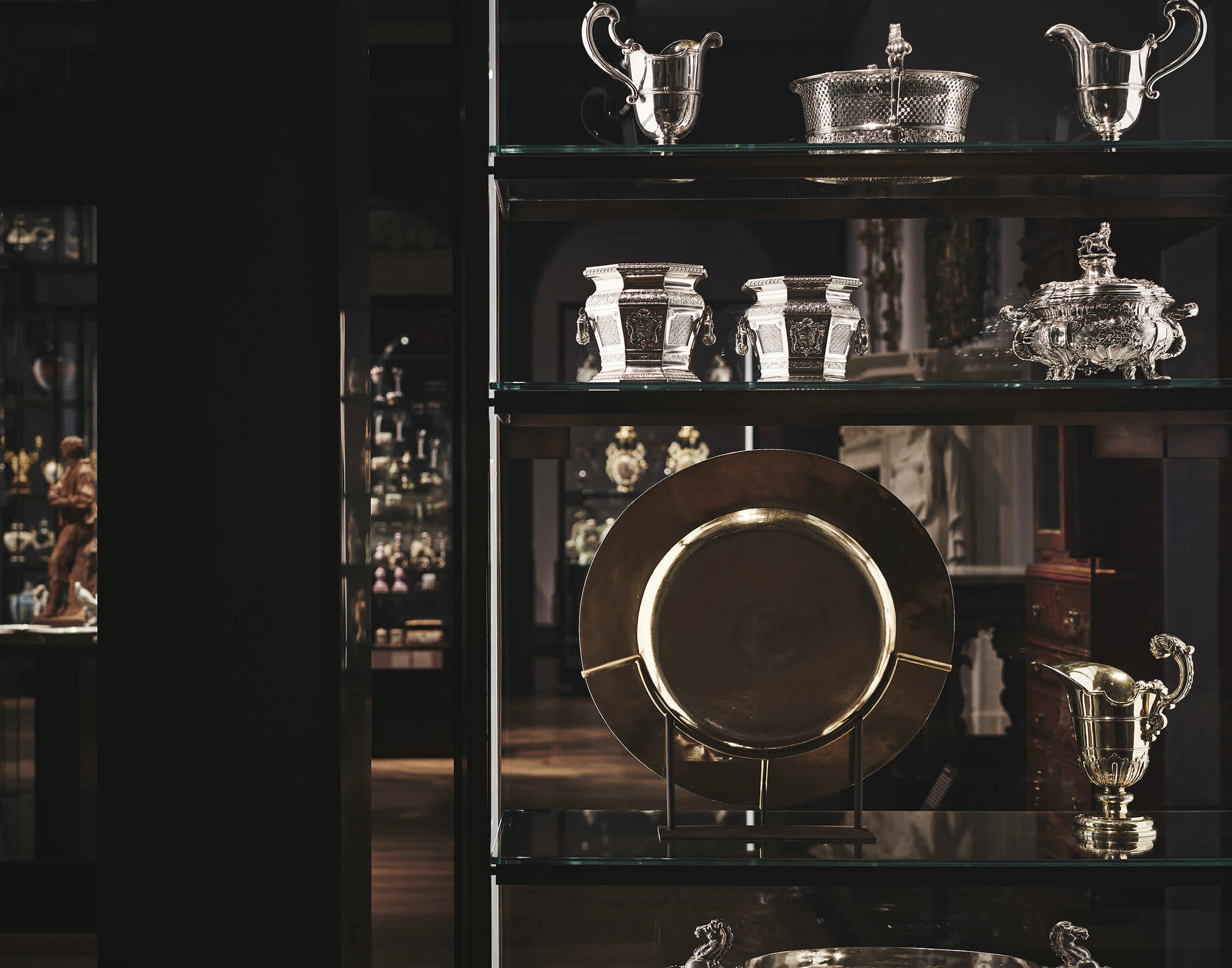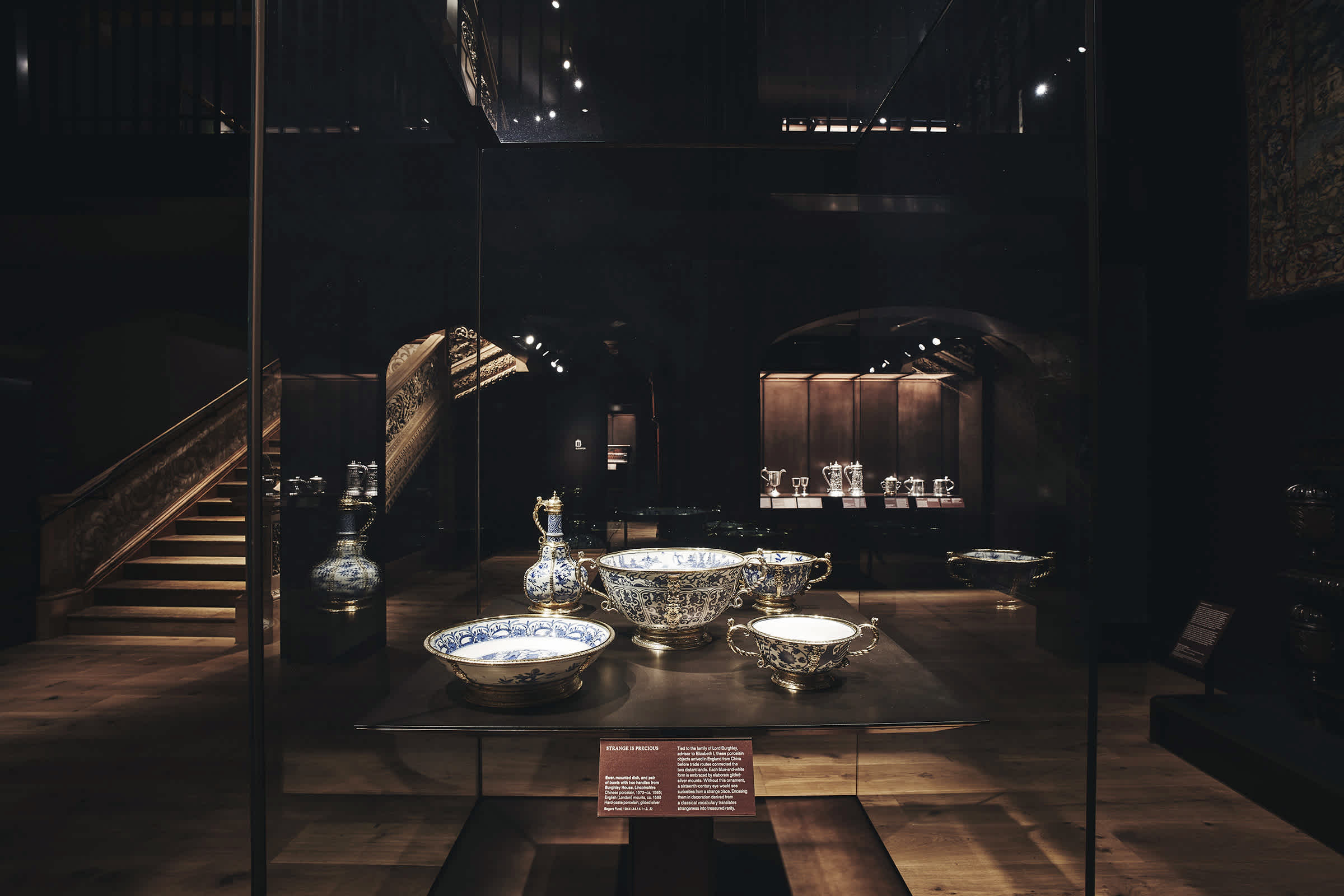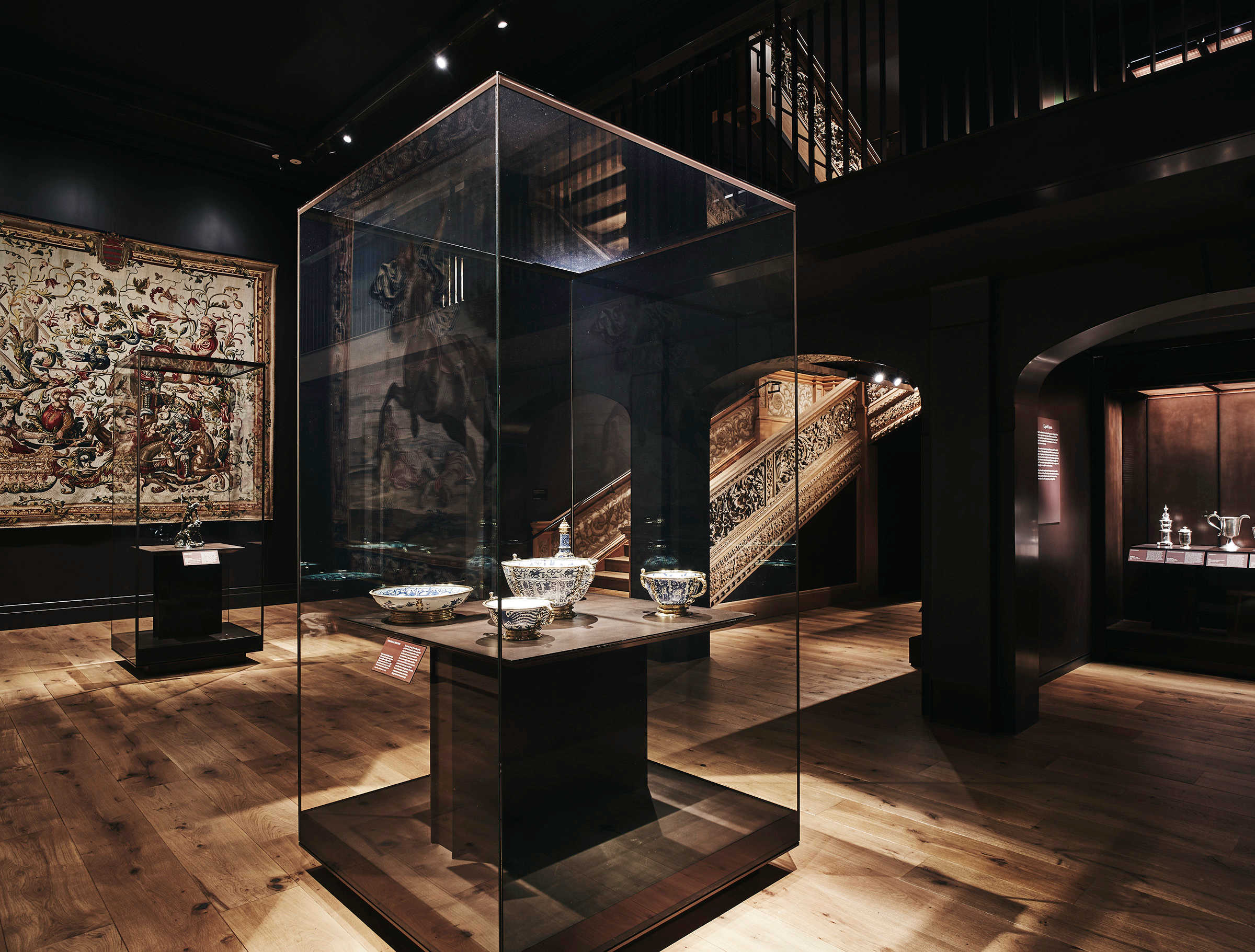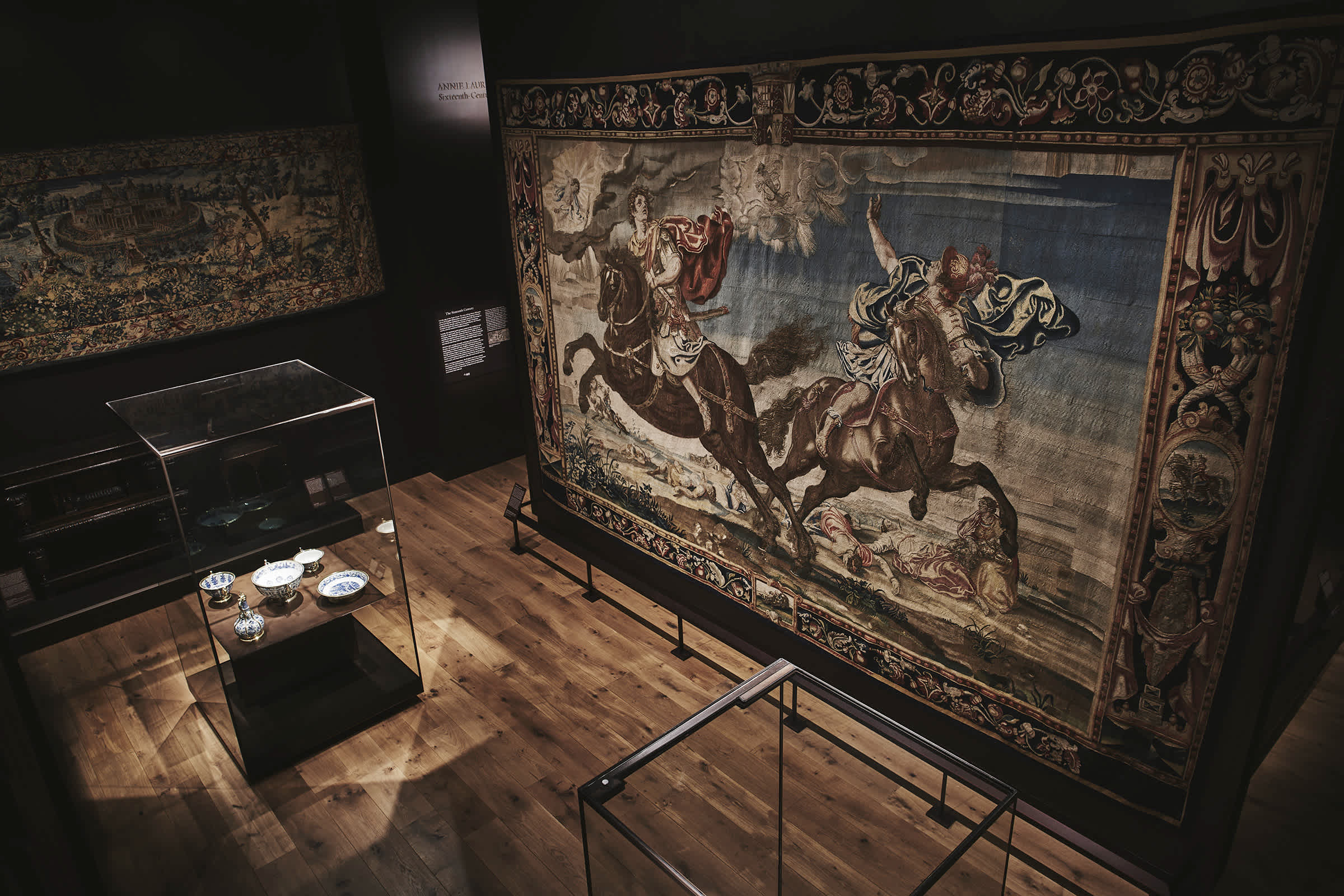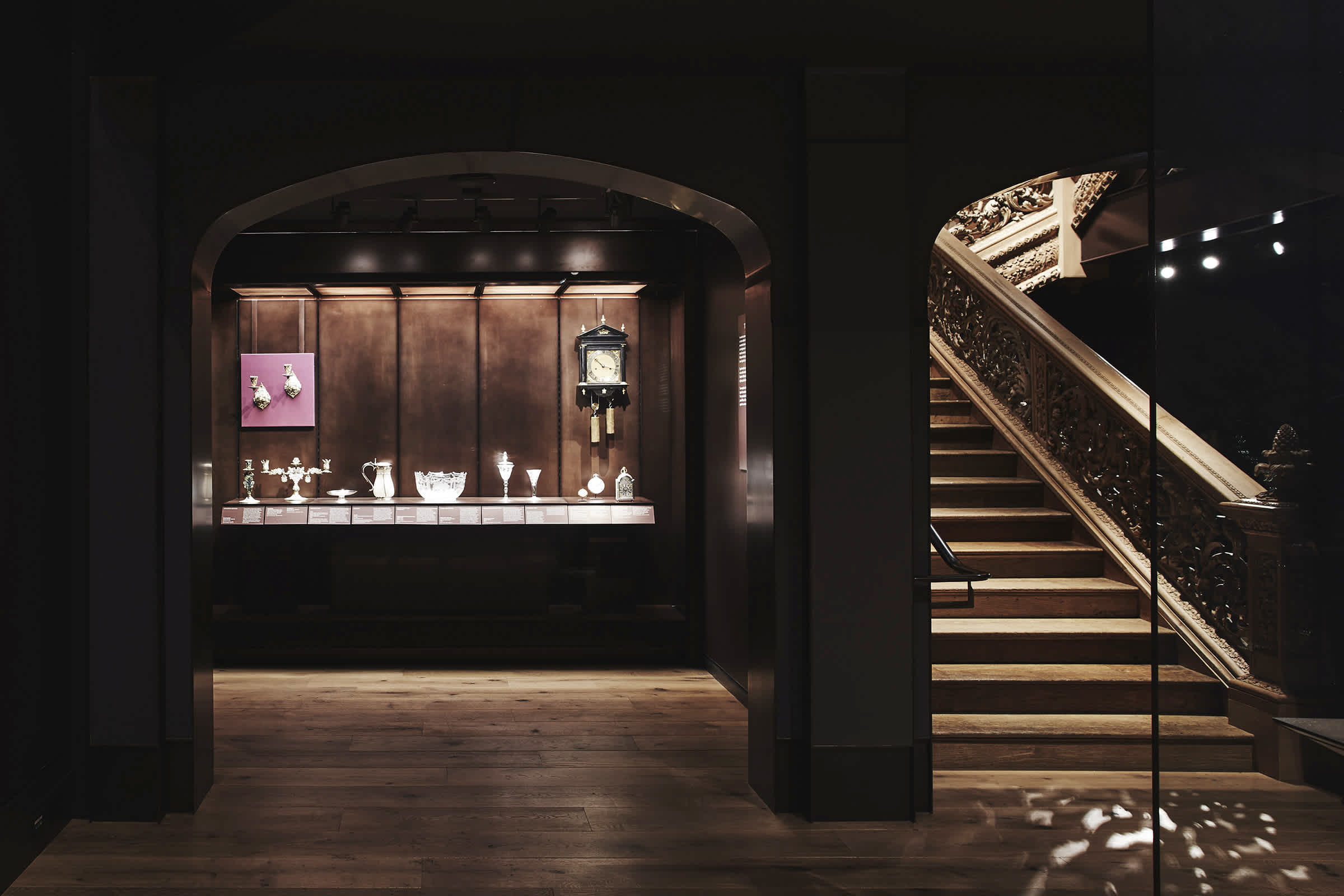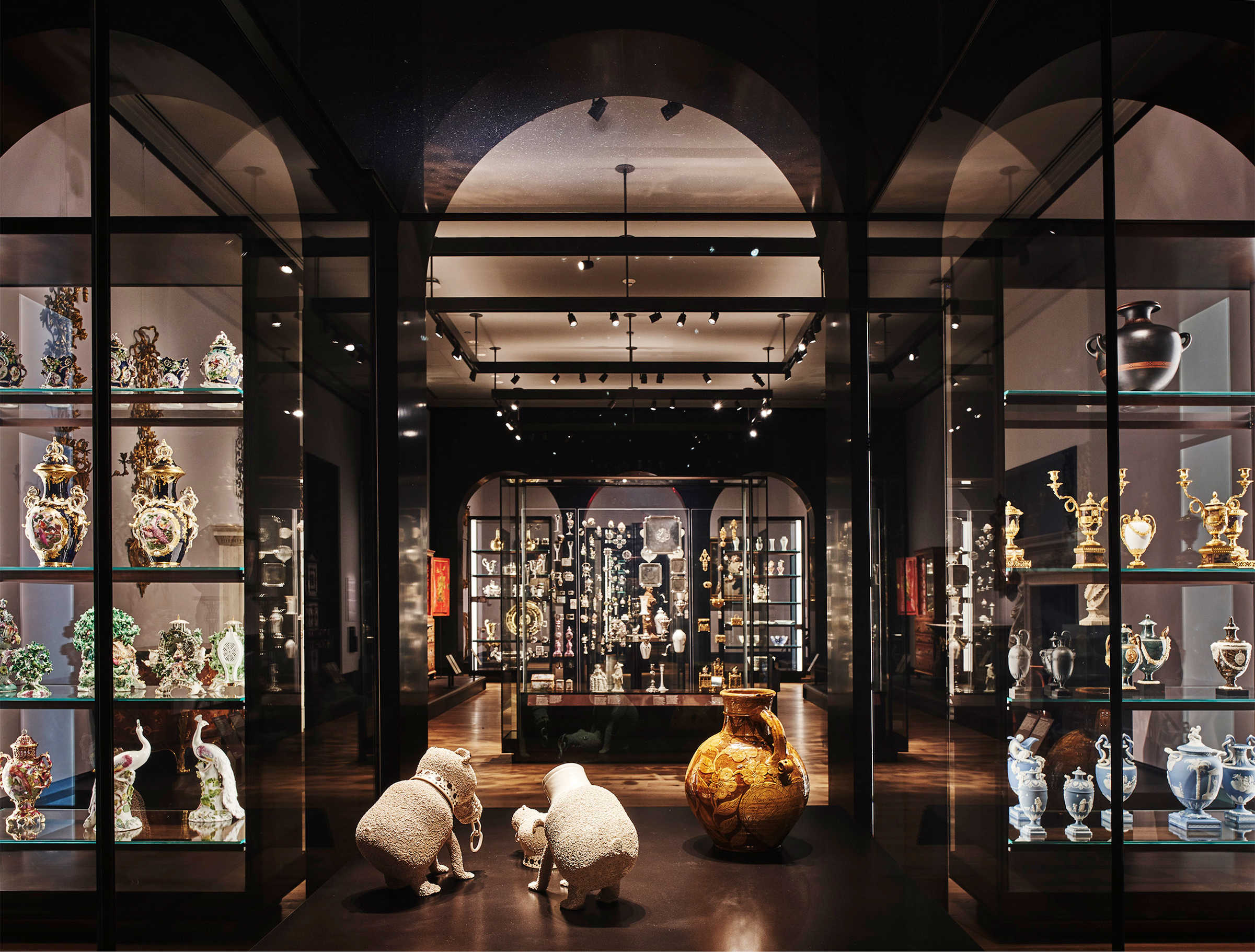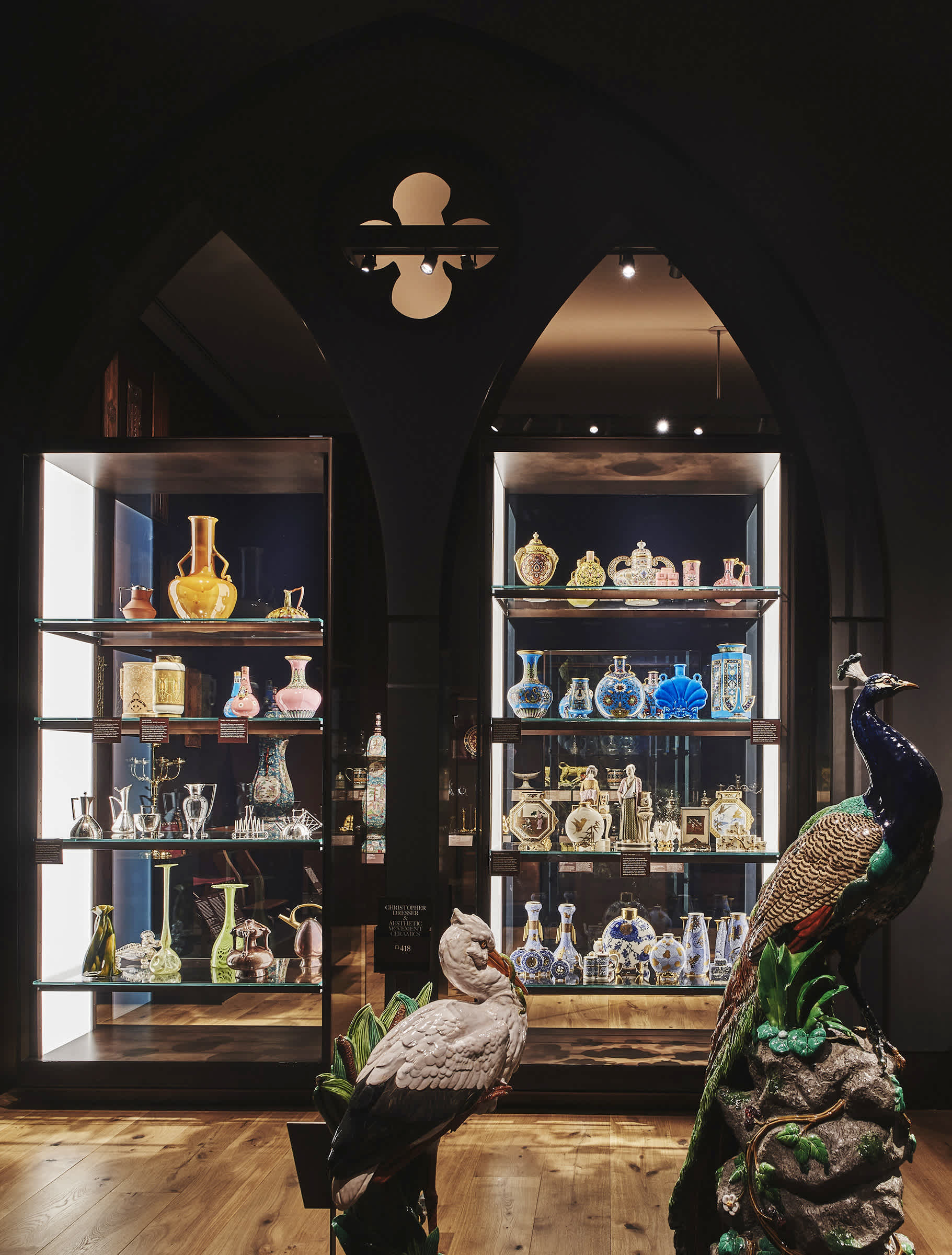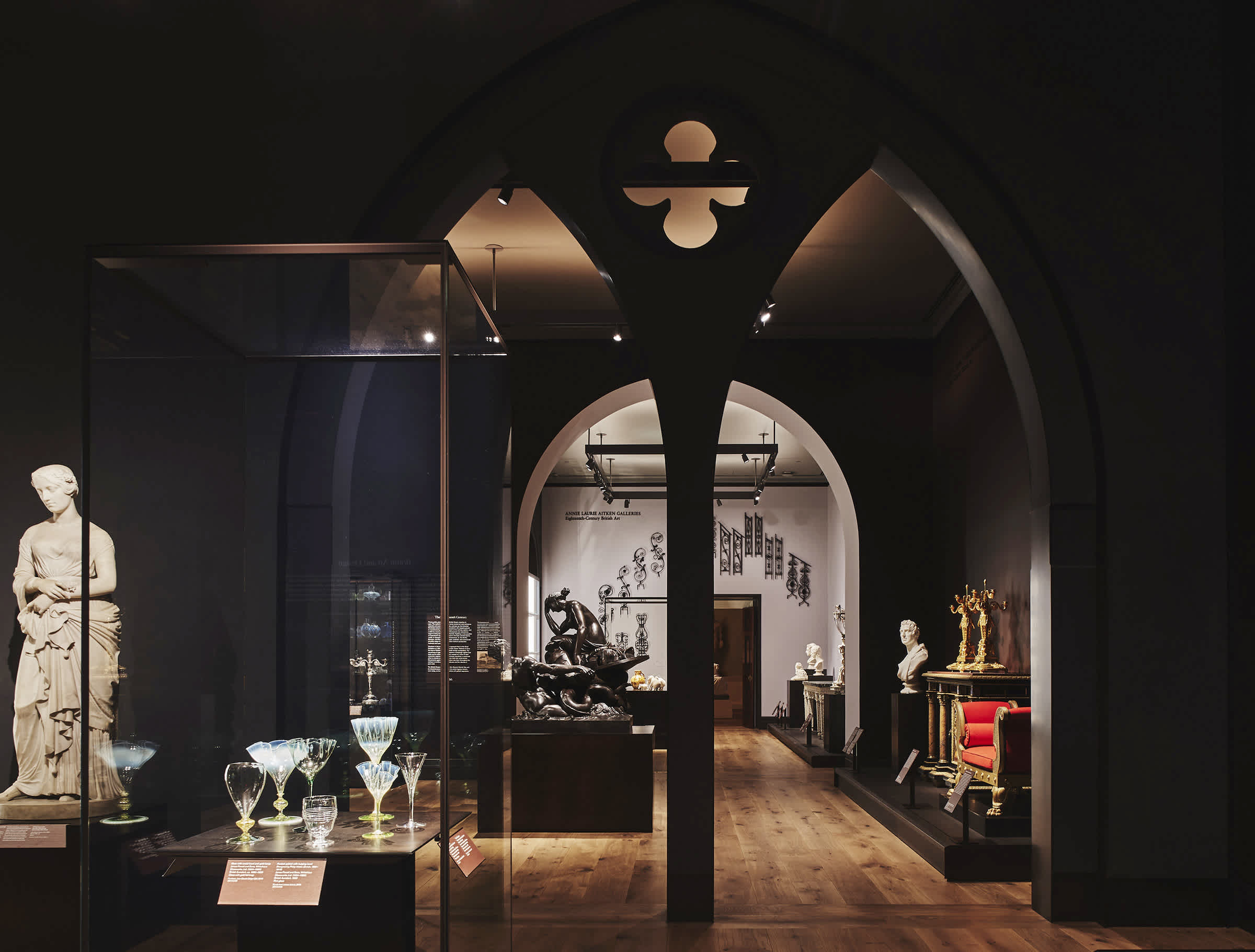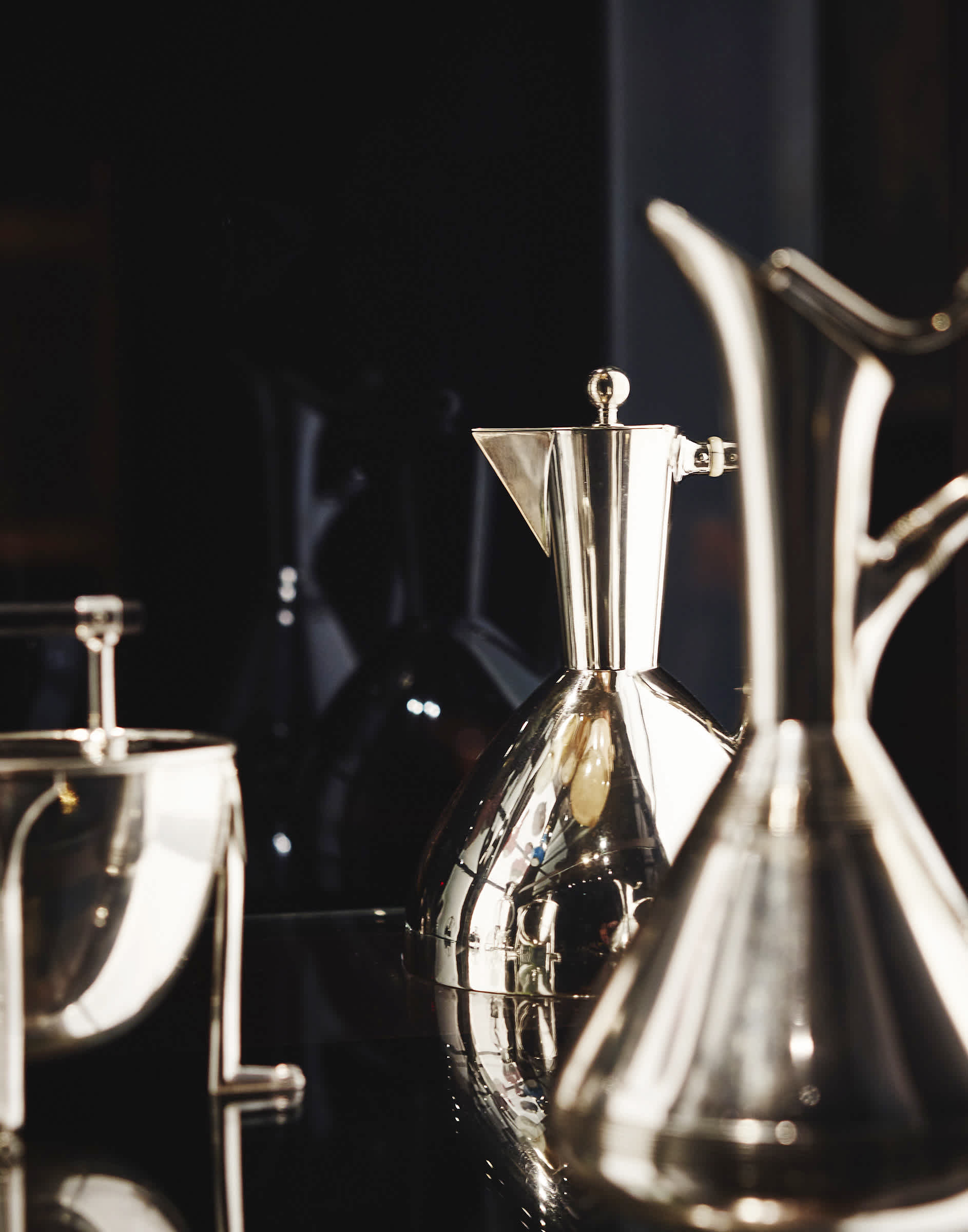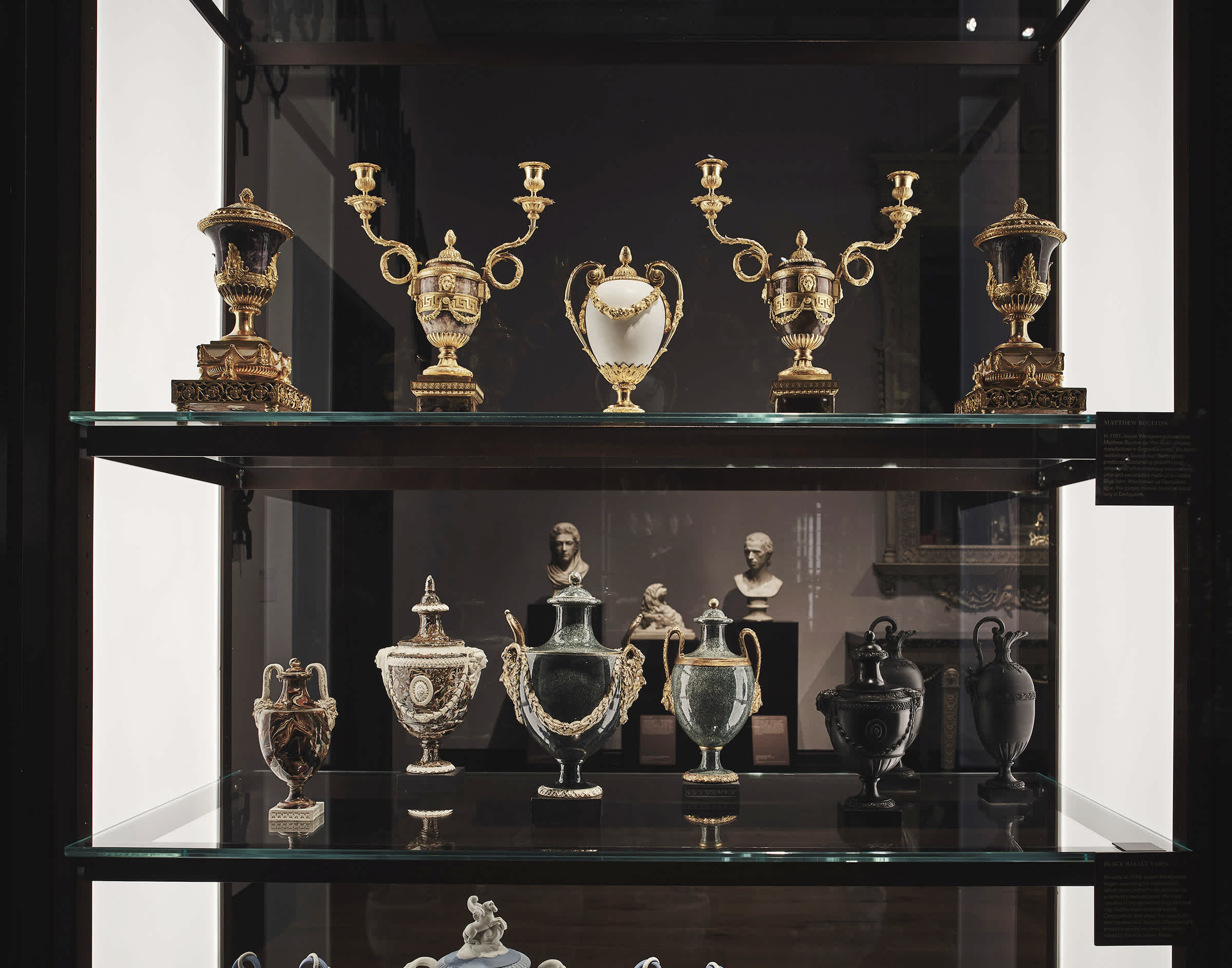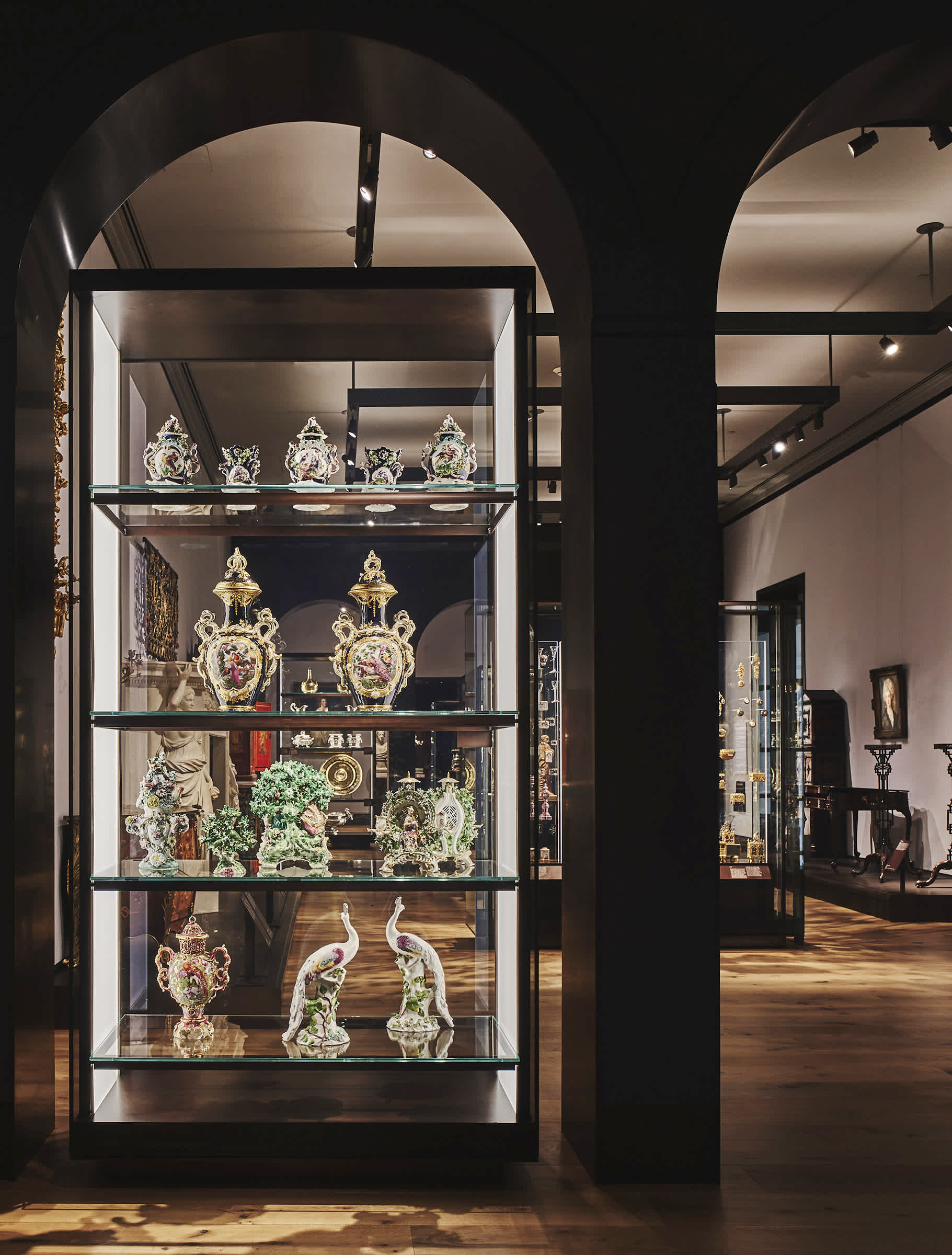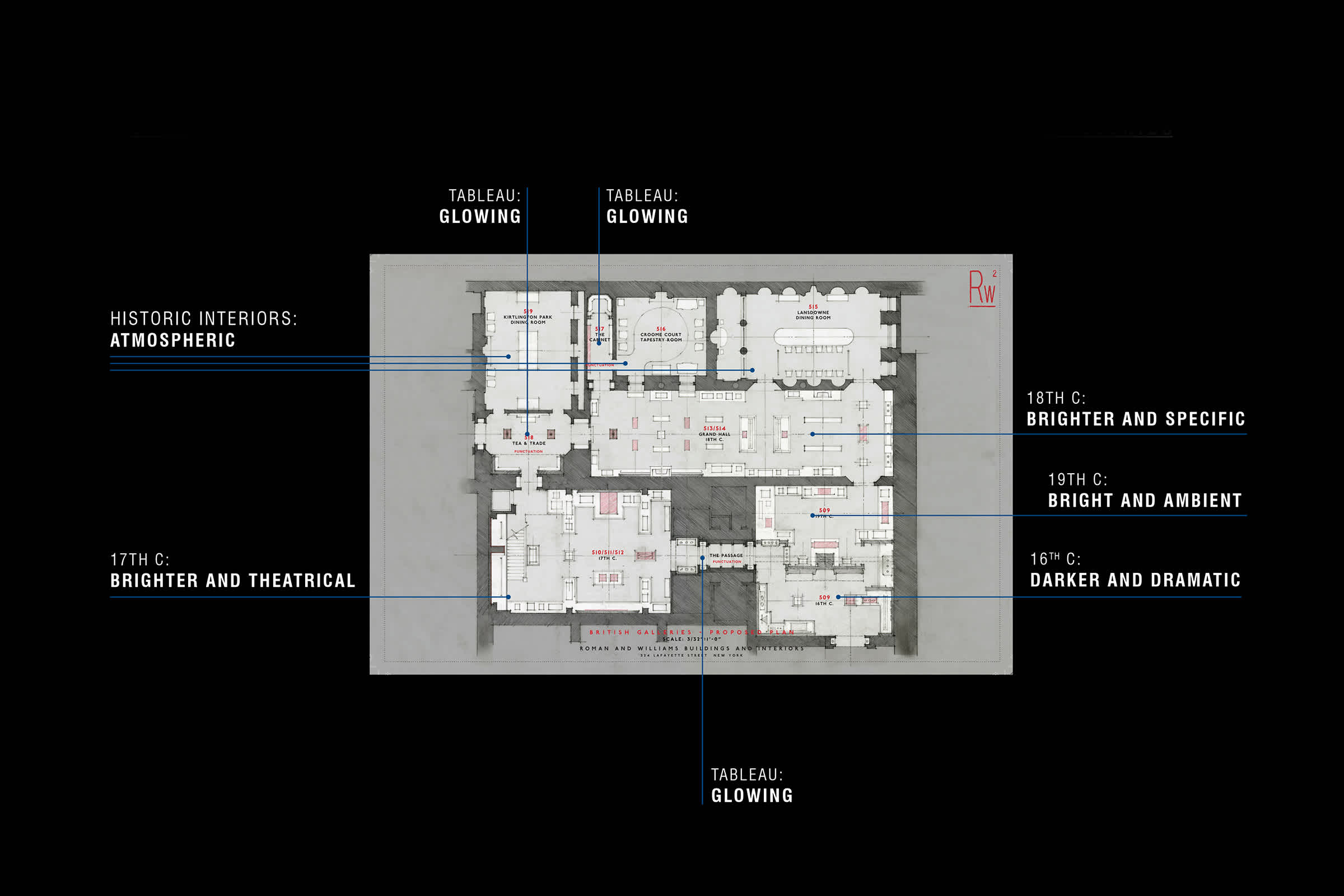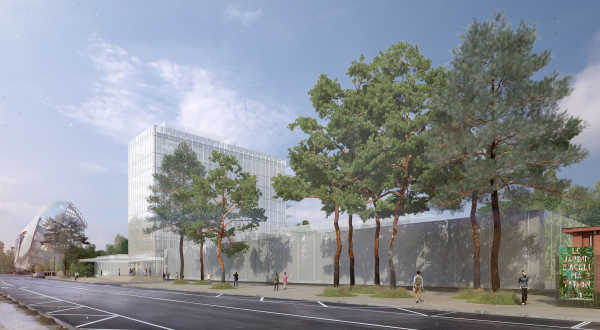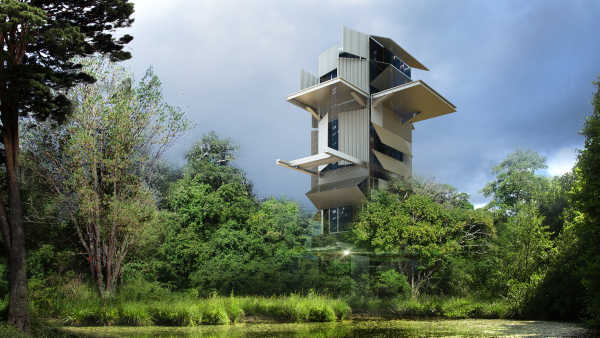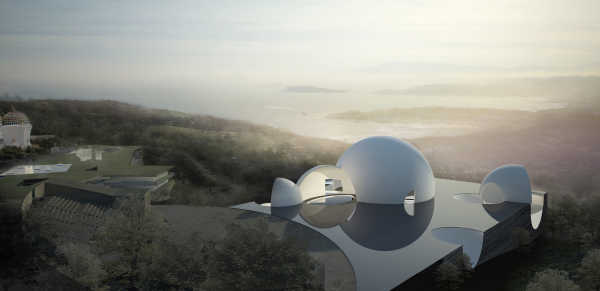With extensive experience in museum lighting for renowned institutions around the world, L’Observatoire International was commissioned to design the full lighting scope for all new spaces, including ambient, accent lighting for the collection, all integral vitrine lighting, and lighting for three historic period rooms.
A highlight of The Metropolitan Museum of Art’s 150th anniversary in 2020 was the opening, on March 2, of the museum’s newly installed Annie Laurie Aitken Galleries and Josephine Mercy Heathcote Gallery—eleven thousand square feet devoted to British decorative arts, design, and sculpture created between 1500 and 1900. The reimagined suite of ten galleries—designed in collaboration with Roman and Williams Buildings and Interiors—provides a fresh perspective on the period, focusing on its bold, entrepreneurial spirit and complex history.
With extensive experience in museum lighting for renowned institutions around the world, L’Observatoire International was commissioned to design the full lighting scope for all new spaces, including ambient and accent lighting for the collection, all integral vitrine lighting, and lighting for three historic period rooms.
The lighting for these galleries balances old and new. The design follows the galleries’ linear chronology with a curated narrative that maintains a reference to period-specific lighting levels, while working to enhance the individual works on display. Visitors begin in the sixteenth-century gallery, which has a darker and more dramatic atmosphere with higher contrast lighting in reference to candlelight as the primary source of illumination during this period. As they continue on through the adjacent galleries, museumgoers experience a gradual transition to lighter spaces, eventually reaching the nineteenth-century gallery, which features brighter lighting levels.
The individual works are lit through accent lighting, while ambient light is provided by uplighting. Throughout the galleries, ceiling-mounted rigs are used as a structure for track heads to provide accent lighting, allowing flexibility and cross lighting without casting sharp shadows. In the eigteenth- and nineteenth-century galleries, the same rigs are also used to provide uplighting.
To showcase The Met’s extensive, varied collection of British decorative arts and design, some individualized lighting schemes were necessary. In the newly conserved Cassiobury Staircase in the seventeenth-century galleries, intricate hand-carved details are amplified by accent lighting, while the museum’s collection of tapestries is lit with a wash of uniform lighting, bringing alive their rich color palette.
In close conversation with the curators and gallery designers, L’Observatoire International also designed a range of customized lighting elements. Throughout the galleries, case lighting offers full flexibility between fully diffused downlighting and accent lighting. Through a series of mock-ups and prototypes, vitrines were customized with integrated lighting to provide a generous soft glow through concealed illumination. The wall-recessed glass cases are outfitted with an LED panel at the top, concealed by a louver.
In the “Tea, Trade, and Empire” gallery, which features a selection of a hundred teapots, a customized display case features LED panels integrated into the vertical elements, helping to render the three-dimensionality of the objects. They are simultaneously each illuminated by ceiling-mounted lighting, celebrating the playful patterns of their cast shadows.
As fully designed environments, the three historic interiors posed the unique challenge of needing atmospheric lighting without being able to visibly introduce new light sources. Miniature LED accent lights were instead carefully integrated into the historic chandeliers showcased in the rooms to provide subtle uplighting and augment the wall-hung works. In addition, windows were outfitted with concealed fixtures to mimic daylight coming into the room.
L'Observatoire International previously designed the facade lighting for The Metropolitan Museum of Art and worked with institutions such as the Louvre, Musée des Arts Décoratifs, Fondation Louis Vuitton, and the Art Gallery of Ontario.
Interior Designer
Roman and WilliamsSize
13,000 ft2 / 1,208 m2
Status
CompletedDate Completed
2020
Principal
Project Leader
Artemis Papadatou
Team
Photo Credit
Adrian Gaut
